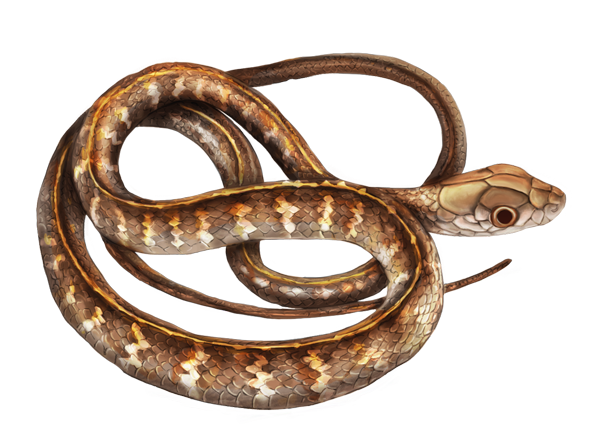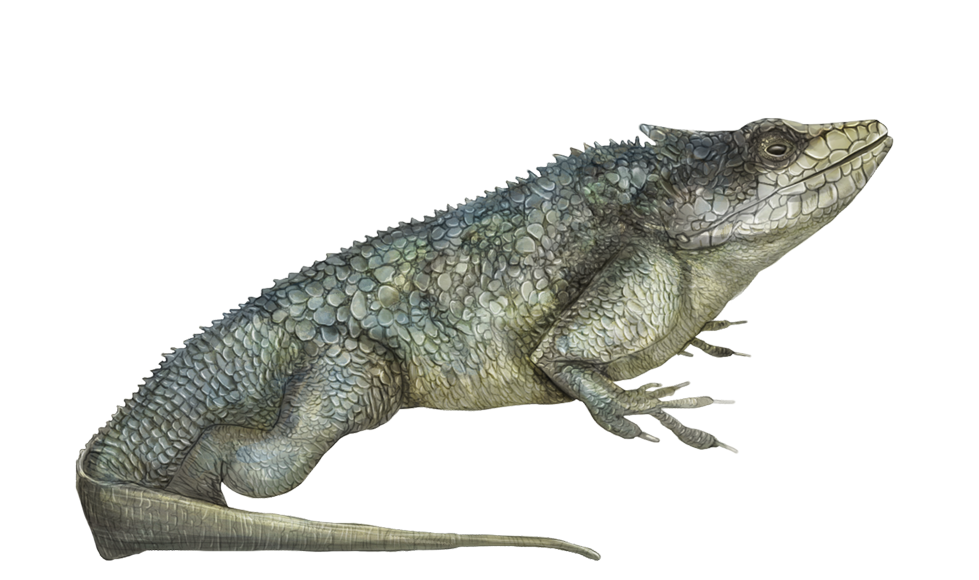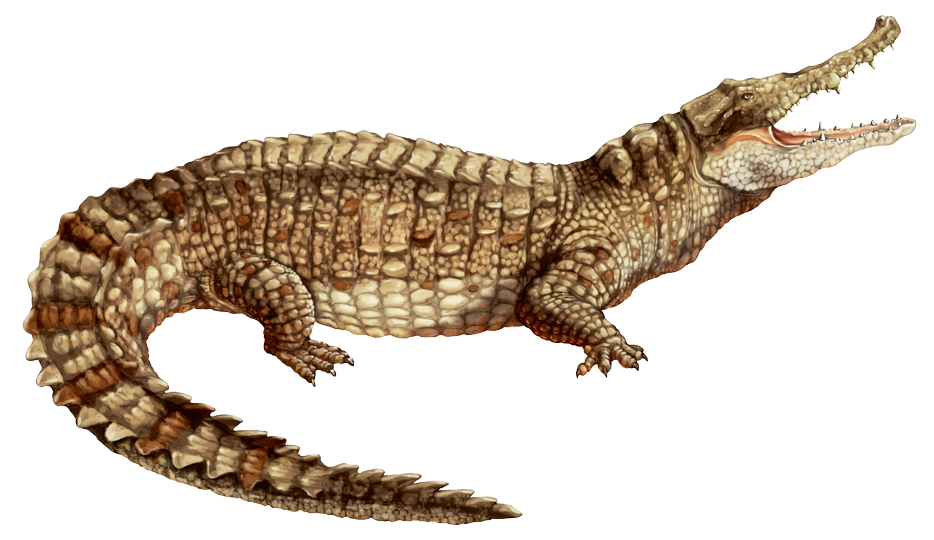Information file: 201
Threatened Reptiles of Colombia
Updates in the evaluation of extinction risks
Mónica A. Morales-Betancourt ▶ Carlos A. Lasso ▶ Vivian P. Páez ▶ Brian C. Bock ▶
The evaluation of the reptilian species of Colombia shower that 50 % of crocodilian and 37 % of turtle species are theatened and there is not enough information to categorize 20 % of all reptile species. It therefore necessary to strengthen conservation and management efforts for threatened species, as well as develop more research concerning those that lack information.
▲ Read text ▼
Colombia is the fourth country in the world with greatest reptile species richness, after Australia, Mexico, and Brazil. Historically, reptiles have suffered great anthropic pressures since some species are captured for consumption, held as pets, and seeked for the use of their skin. In other cases, reptiles are also sacrificed because people fear them. To all of these threats are also added the loss, transformation, and degradation of their habitat, which especially affects those species in the Caribbean slopes and the basin of the Magdalena-Cauca Rivers because 80 % of the human population, and thus th the economical development of the country, is located there. In 2002, the first extinction risk evaluation for reptiles was developed. In that time, crocodilians and turtles were mostly evaluated since for snakes and lizards there was still no complete species list for Colombia. According to the guidelines of the International Union for Conservation of Nature (IUCN), these evaluations must take place every eight years; however, the second evaluation for the extinction risk of reptiles in Colombia was only completed after thirteen years, in 2015.
Of the 510 species and 2 subspecies that wereevaluated, 9 % (43 species and one subspecies) werecategorized under a threat category: 2 % (11 species) areCritically Endangered, 3 % (16 species) are Endangered,and 3 % (17 species) are Vulnerable. It is also worrisometo know that 20 % of reptiles in Colombia do not haveinformation of any kind, eluding proper evaluation. These species are categorized as Data Deficient (DD)1.
The groups with the greatest number of threatenedspecies are turtles and lizards. However, the most affectedgroups (percentage of threatened species over totalspecies in the group) are crocodilians (50 % of species threatened), followed by turtles 37 %1.
Based on the information analyzed, it may beconcluded that it is essential to start generating standardized population data, as well as evaluating and quantifying the threats that affect different species.These aspects are the most relevant while applying IUCN criteria. It is therefore recommended to prioritize species with greatest threat status and those categorized as DD. Similarly, a heads up is important because for all species habitat degradation, transformation, and loss is a constant threat1.
¿What are threatened species?
9 % of reptiles in Colombia are threatened. Planning and conservation strategies, such as the risk extinction evaluation, are needed. Here the species information (distribution, demography, and population threats) is gathered and analyzed, in addition to the knowledge of researchers, to evaluate each species according to IUCN criteria. The results show what species should be the focus of research and management efforts (those that are threatened or are data deficient). Although various countries can share the distribution of a single species, each of them must develop their own evaluation since conservation status differ. In Colombia, evaluations are published in Red Books and are officially presented by updating the Endangered Species Act by the Ministry of Environment.
Snakes
Boshell’s Forest Racer |
Book |
Serpiente de San Andrés |
Book |
Serpiente del caño del Dagua |
Book |
Coral de Villavicencio |
Book |
Culebra tierrera de vientre punteado |
Book |
Serpiente Sneideri |
|
Coral sangileña |
Book |
Culebra terrera de Orcés |
Book |
Serpiente tierrera del Hermano Nicefofo |
Book |
Víbora de Campbell |
Book |
Lizards
Camaleón de Cundinamarca |
Book |
Lagarto de escamas grandes del Hermano Daniel |
Book |
Anadia de Pamplona |
Book |
Anolis de Calima |
Book |
Camaleón de Rúiz |
Book |
Gecko de hojarasca de Miyata |
|
Lagartija colombiana de hojarasca |
Book |
Lagarto de bombilla de O'Shaughnessy |
Book |
Manticoras de Gro |
Book |
Salamanqueja de Williams |
|
Anadia de Antioquia |
Book |
Gecko pestañudo |
Book |
Lagartija de Bogotá |
Book |
Lagartija de hojarasca de escamas lisas |
Book |
Lagartija de palo ojiroja |
Book |
Mantícoras de anillos |
Book |




 PDF version
PDF version Methods (in Spanish)
Methods (in Spanish) References
References Share
Share